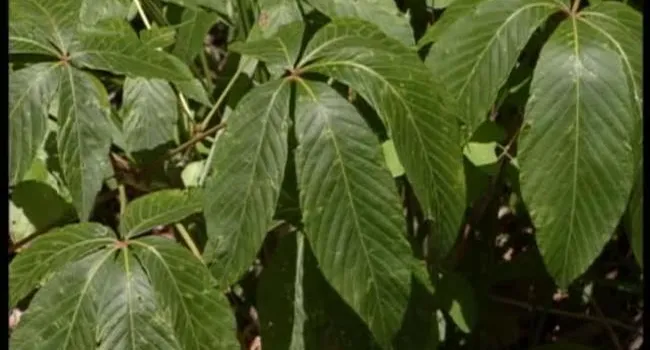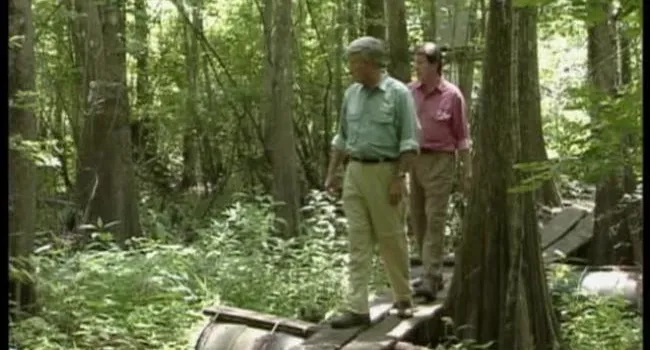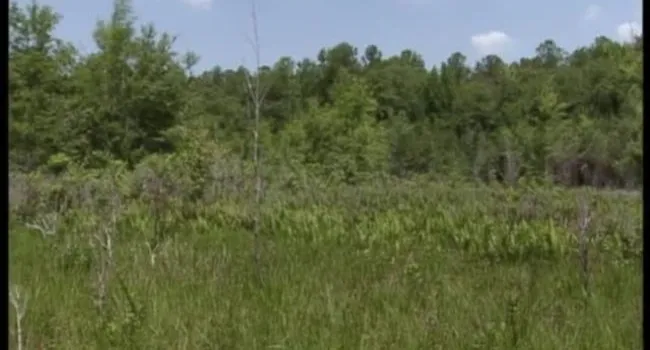Kaltura
In this episode of NatureScene, Rudy and Jim visit the Savannah River Site, located along the southwestern border of South Carolina. The area is 200,000 acres of protected land.
When one thinks of the Savannah River Site, one usually thinks of pine trees. Longleaf pines, Slash pines, and Loblolly pines dominate the area. Oak trees such as Scrubby Oak and Bluejack oak can be found in the area as well. Poison oak and Spurge nettle can cause problems for anyone who comes into contact with them. Pea flower, a species of lupine, are typical of sandhill type regions.
Standards
- 2-LS4-1. Make observations of plants and animals to compare patterns of diversity within different habitats.
- 2-ESS2-2. Develop a model to represent the shapes and kinds of land and bodies of water in an area.
- 3-LS4-3. Construct an argument with evidence that in a particular habitat some organisms can thrive, struggle to survive, or fail to survive.
- 4-LS1-1. Construct an argument that plants and animals have internal and external structures that function together in a system to support survival, growth, behavior, and reproduction.
- 4-ESS2-2. Analyze and interpret data from maps to describe patterns of Earths features.
- 5-LS1-1 Support an argument with evidence that plants obtain materials they need for growth mainly from air and water
- 6-ESS2-4. Develop a model to describe the cycling of water through Earth’s systems driven by energy from the sun and the force of gravity.






